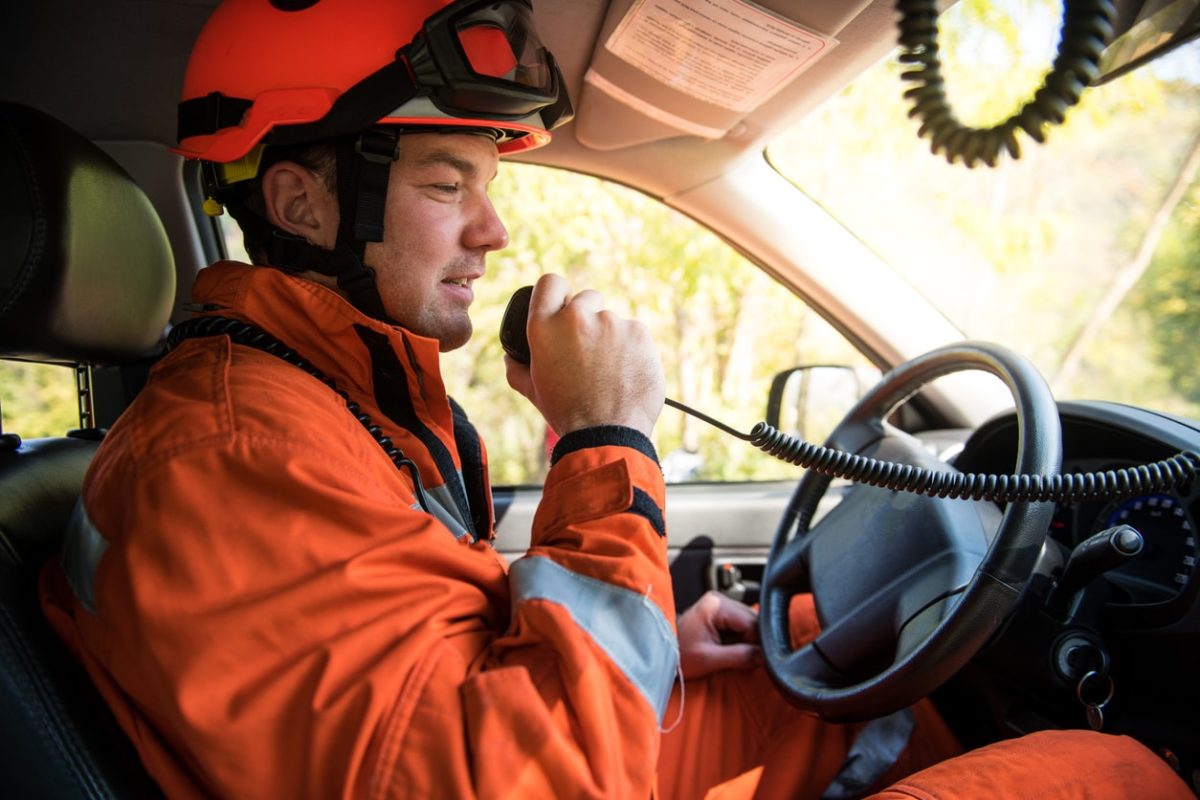
Teaching safe fire apparatus driving is both challenging and rewarding. It has been considered an art and a science, and it is crucial for quick, effective, and safe emergency response. Hopefully, your department has a driver-training program in place. Teach good habits from the beginning, practice them often and correct them when they are absent and praise them when they are present.
Pre-Response Apparatus Training
Drivers must know their response district. It’s very easy for drivers and officers to become complacent about navigating to the scene of the emergency because of on-board computers with access to GIS digital mapping. These systems are not infallible and they’re sometimes inaccurate.
It’s crucial to learn the streets in the district along with the characteristic traffic patterns for the days of the week and times of day, so the drivers will always know where they’re going. Check with the local department of transportation or traffic engineer to see what data they already have on hand. Obtain the street addresses for calls in your district for at least the previous six months and plot them on a district map or put them into a spreadsheet for analysis. It is likely that there are many streets that the station responds to very frequently, which are the ones to learn first.
Response Safety
For proper response safety divers must:
- Follow the speed limit laws for emergency vehicles in their state and locality.
- Ensure that warning lights and sirens are working and being used to request permission to have the right of way, not demanding it.
- Learn to not be aggressive drivers.
- Give plenty of cushion between the apparatus and the vehicles in its path; this gives the firefighter and other drivers room to react.
- Yield the right of way to emergency vehicles by pulling to the right shoulder and stopping until the emergency vehicle passes.
- Keep the apparatus in the left-hand travel lane as much as possible to encourage drivers in its path to do just that.
- Know to come to a complete stop at any intersection with a red light or stop sign.
Teach drivers to keep their eyes moving down the road. Watch those parked cars ahead and fully expect one to pull into their path. They must be alert for any time a pedestrian, animal or object can suddenly appear, and constantly scan the side mirrors and be on the lookout for those vehicles that have pulled up alongside the fire truck.
In addition to perfecting your driver training program, you can also improve the safety of your operation’s apparatus and drivers by protecting your department with a Commercial Auto insurance policy.
About Provident FirePlus
At Provident FirePlus, we offer custom tailored packages to best protect firefighters and volunteer firefighters. We understand the risks that emergency response teams are subjected to on a daily basis, and have worked to serve these dedicated professionals for over 87 years. For more information about our products and policies, we invite you to contact our experts today at (800) 447-0360.

